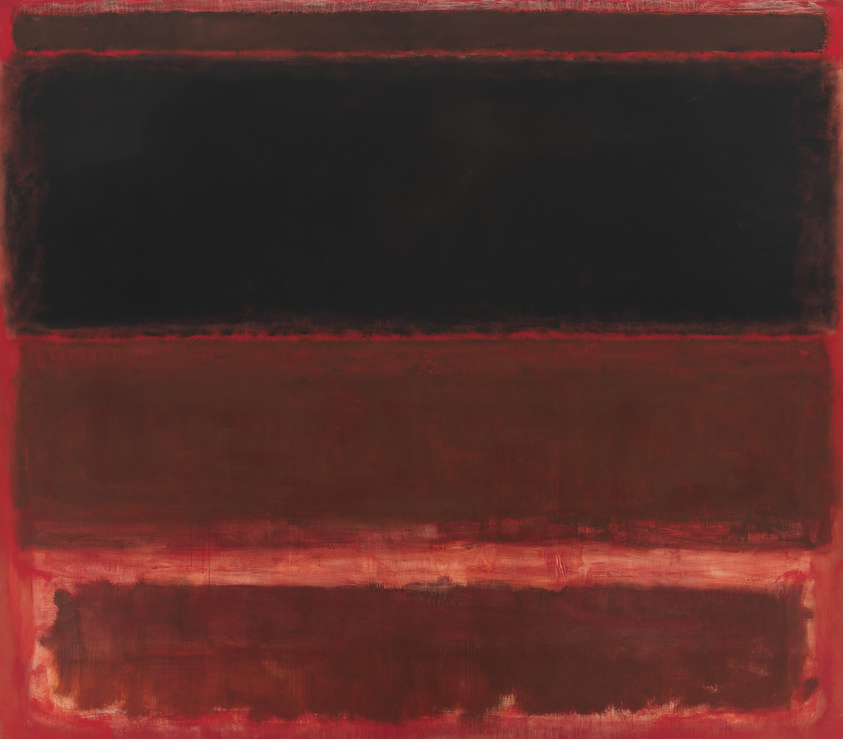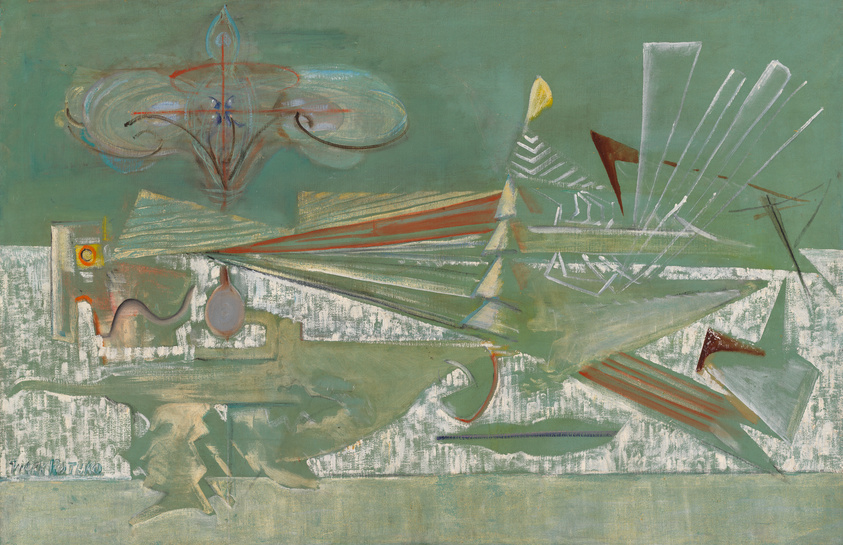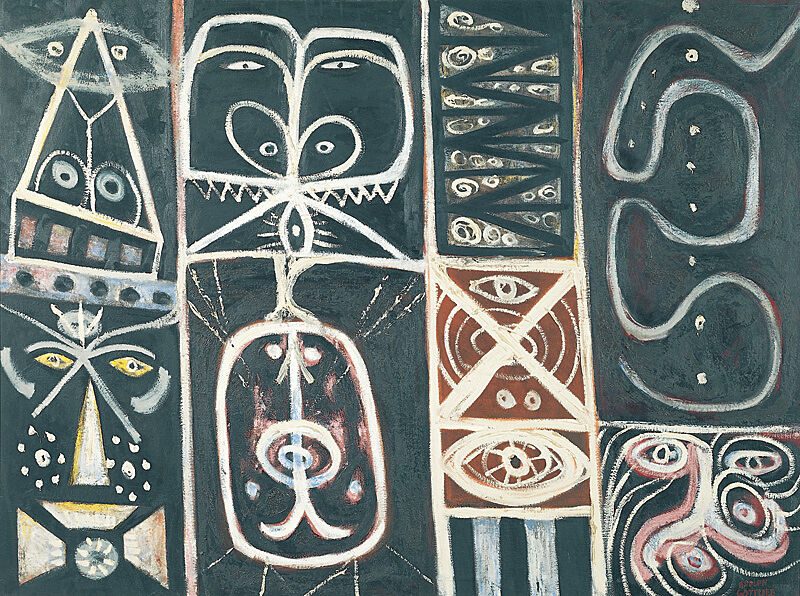Mark Rothko, Agitation of the Archaic, 1944
July 10, 2012
0:00
Mark Rothko, Agitation of the Archaic, 1944
0:00
Narrator: Mark Rothko’s Agitation of the Archaic seems to be a kind of landscape. It’s divided into three horizontal zones, with the top and bottom suggesting a sky and ground. The central band is abstractly atmospheric. Beginning in 1950—six years after this painting’s completion—all figuration would drop out of Rothko’s paintings, leaving only these zones of contrasting color and intensity.
Here, the zones establish a backdrop for the abstract figures that criss-cross the canvas. It’s not clear exactly what these figures are, but it’s easy to imagine how they might move. Many of them seem to spin or rotate on an axis, fanning out as if to stir the space of the canvas.
At the time Rothko made this painting, he was a dedicated reader of the psychoanalyst Carl Jung. The artist was particularly interested in Jung’s argument that humanity shared a collective unconscious populated by archetypes—mythic forms and figures rooted in a primordial past. The title Agitation of the Archaic, then, suggests that the sense of movement in the painting is really a stirring deep in the mind.
In Signs & Symbols.



